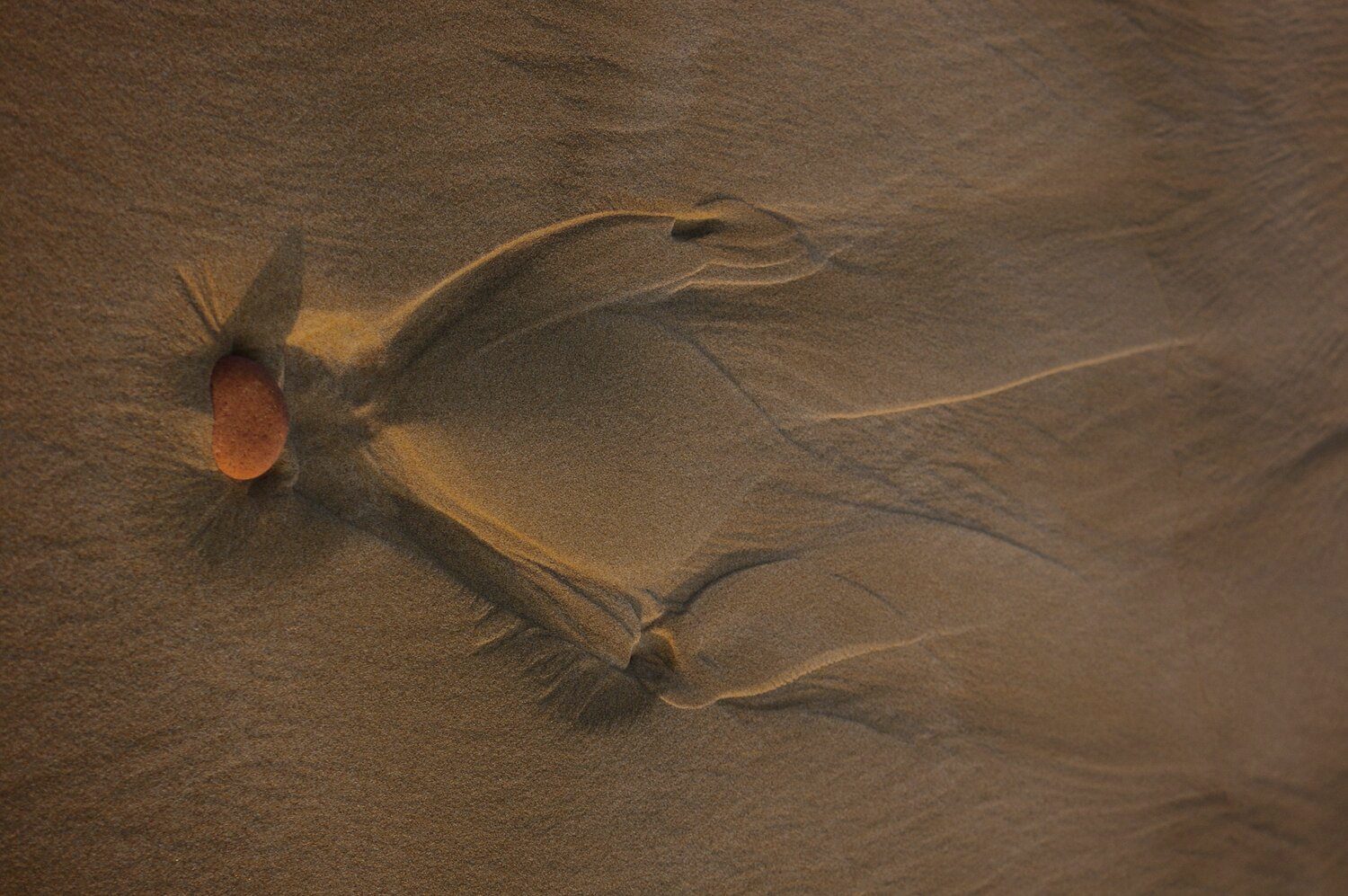What is Sandplay Therapy

Sandplay Therapy, a psychotherapeutic approach for children and adults, was developed in Switzerland by Dora M. Kalff in the late 1950s. Through spontaneous imaginative play in small trays of wet or dry sand, people sculpt the sand and position miniature figurines and objects to create three-dimensional scenes or designs that express and mediate between their inner and outer worlds. When psychic wounding has occurred or typical development has been interrupted or impeded, a sandplay process may encourage psychological healing and expansion of consciousness through activation of the human psyche’s innate drive towards healing and wholeness. Psychological distress often occurs because of inner conflicts about relationships, situations, and decisions. Sandplay provides a means of concretizing opposites and representing unifying resolutions that ideally lead to transformation and healing.
In her development of sandplay, Kalff was strongly influenced by British child psychiatrist, Margaret Lowenfeld. Recognizing the healing quality of play and remembering H.G. Wells’ book, Floor Games, about his sons’ imaginative play with small figurines, Lowenfeld added miniature figures and objects to her clinic playroom. Her child clients spontaneously placed the figures and objects in the shallow trays of sand that were there, thereby creating a means to express their conflicts and concerns non-verbally. Calling it the “World Technique,” Lowenfeld credited the children for creating this therapeutic approach. Differing from traditional psychoanalysts, Lowenfeld believed that people’s playful and direct relationships with the materials—small trays, figurines, sand, and water—were more significant to the healing process than the emotional dynamics of the client-therapist relationship and interpretations that the therapist might make. She also felt that unconditional acceptance of the client would provide security and decrease anxiety, and that symbolic play would encourage emotional release through its ability to activate communication between the unconscious and the conscious mind.
Following six years of training at the Jung Institute in Switzerland and a year’s training with Lowenfeld in England, Kalff integrated aspects of the World Technique with her Jungian analytical knowledge. With Jung’s support and encouragement, she began her work with children in 1958. She called her therapeutic approach “sandplay therapy,” differentiating it from Lowenfeld’s technique.
In Kalffian sandplay, the healing process includes the power of “the free and protected” space of the therapeutic environment and the sand tray, the therapist’s attitude of unconditional acceptance towards the client, and the active presence of a therapist engaged in silent observations without judgment and interpretation. Listening and looking, the therapist attends with empathy and understanding during the sandplay process. Although interpretation of the sandpicture is usually deferred until the sandplay process is completed, sandplayers may tell a story about their picture, make comments, or reveal associations evoked by the picture.
There are no rules for making sandpictures. Clients are free to explore the sand and the multiplicity of figurines on the shelves. Sandplayers may position and reposition figures in the sand, and remove those no longer needed. They may use the sand to sprinkle, mound, sculpt, and bury. At the end of a session, the client leaves with an intact image of the scene created, while the therapist photographs and dissembles the picture. After the sandplay process is finished, digital images or photographs of the sandpictures are projected, and the client and therapist connect those images with the client’s inner and outer life events that were significant during the course of the therapy and in the present.
Sand
Sand is a natural primordial material ground down by time. The healing and relaxing potential of sand, whether alone or mixed with water, is familiar to all who have engaged in leisure activities by the seashore. Traditionally, sand has been used by the Dogon medicine men of Mali for divination, by Tibetan Buddhist monks for contemplation and spiritual initiation, and by Navaho healers for healing and promotion of balance and world order. The sand used in sandplay may vary in colour and density according to the therapist’s preference.
Water
Water, too, is a natural element on earth. It may be added to the sand in the tray to provide a wet, dense, and darker medium that is more conducive to molding and sculpting and that seems more substantial than the dry, soft, flowing, lighter sand that seems more transitory in nature. Water in the form of ponds, rivers, lakes, and oceans can also be represented by exposing the blue bottom of the tray or positioning containers in the tray to hold water.
Sand Tray
The rectangular sand tray has precise dimensions (28 ½” x 19 ½” x 3”) that match a person’s field of vision. This quality provides limits within which fantasies are shaped and explored. The tray’s liner is coloured blue to give an impression of sky on the tray’s sides and of water when sand is moved to expose the bottom.
Figures
Hundreds of miniature figures and natural found items are arranged in categories on open shelves in the sandplay room. Categories include representations of all types of wild and domesticated animals, vehicles, buildings and man-made structures, human figures of different cultures, races, ages, genders, and occupations, religious figures and icons, vegetation, and cosmic elements (i.e., stars, suns, moons, rainbows, etc.). These miniatures function as symbolic objects concretized in the sand in the creation of worlds in sandplay.

